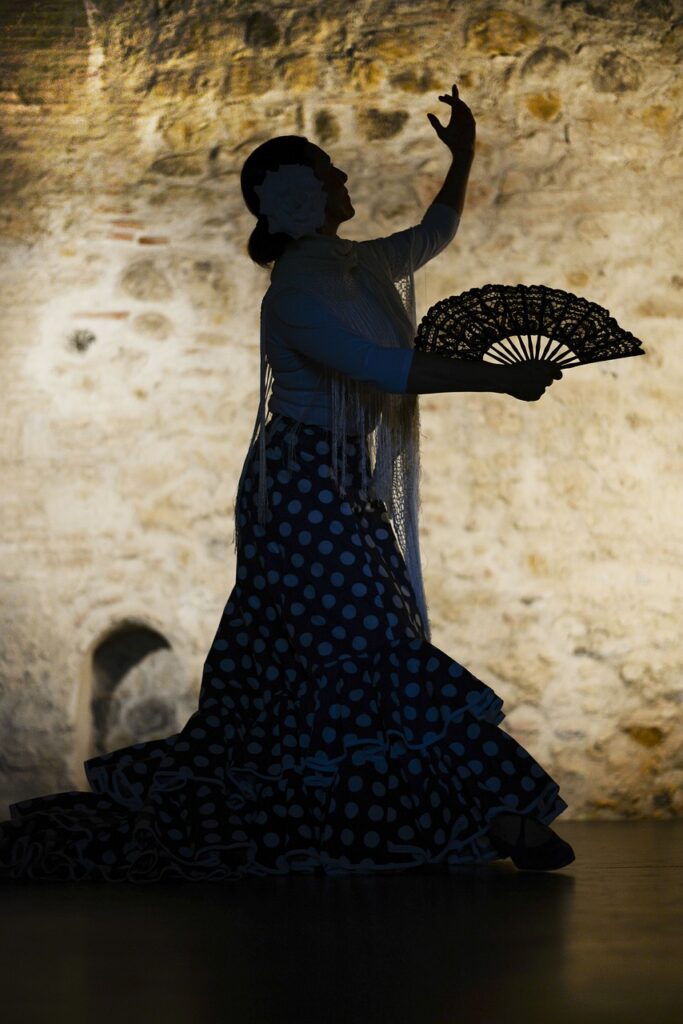What Makes Flamenco Guitar Different From Classical Guitar?
Flamenco and classical guitar may appear similar at first glance, but upon closer inspection, you’ll discover that the two styles possess distinct characteristics that set them apart. Flamenco guitar, a vibrant and passionate tradition rooted in Spanish culture, embraces a percussive style with rapid strumming, intricate fingerpicking, and rhythmic flair. In contrast, classical guitar focuses on precision and elegance, emphasizing melodic lines, arpeggios, and dynamic control. The contrasting techniques and musical expressions found within each genre create a fascinating differentiation that is sure to captivate enthusiasts and leave them craving for more knowledge about these mesmerizing instruments.
History of Flamenco and Classical Guitar
Flamenco Guitar: Origins and Evolution
Flamenco guitar, with its passionate and vibrant sound, has a rich history that traces back to the Andalusian region of Spain. The roots of flamenco can be found in the traditional music and dance forms of the Roma people, who migrated to Spain in the 15th and 16th centuries. These nomadic musicians, known as Gypsies, brought with them a unique musical heritage that blended with the existing Andalusian culture.
Over the centuries, flamenco guitar evolved to become an integral part of the flamenco genre. Initially, the guitar served as a rhythmic accompaniment to the singing and dancing, providing a driving force and adding depth to the performances. However, as the instrument gained popularity, guitarists began to develop their own solo playing styles, showcasing the virtuosity and emotional intensity of the flamenco guitar.
Classical Guitar: Roots and Development
The classical guitar, on the other hand, has its origins in the rich musical heritage of Europe. While stringed instruments similar to the guitar have existed for thousands of years, it was during the Renaissance period in the 15th and 16th centuries that the modern classical guitar began to take shape. It was primarily used in chamber music settings and for accompanying singers.
As time went on, the classical guitar gained prominence and started to be recognized as a solo instrument in its own right. The establishment of conservatories and the contributions of influential composers, such as Francisco Tárrega and Fernando Sor, further led to the development and standardization of the classical guitar repertoire and playing techniques. Today, the classical guitar is widely regarded as a versatile instrument capable of performing a wide range of musical styles.
Playing Techniques
Flamenco Guitar Techniques
Flamenco guitar playing is characterized by a unique set of techniques that distinguish it from classical guitar. One of the most distinctive features is the use of rasgueado, a strumming technique where the guitarist’s fingers strike the strings in rapid succession, producing a percussive and rhythmic sound. This technique adds a dynamic element to the flamenco guitar’s rhythmic accompaniment.
Another essential technique in flamenco guitar playing is known as golpe, where the guitarist strikes the body of the guitar with their hand or a percussive device. This technique creates a sharp and percussive sound, adding accents to the rhythm and enhancing the overall performance.
Additionally, flamenco guitarists often utilize intricate fingerpicking patterns, incorporating quick and precise execution of scales and arpeggios. These techniques, combined with the aggressive attack and passionate expression, contribute to the vibrant and emotional nature of flamenco music.
Classical Guitar Techniques
Classical guitar playing techniques differ from flamenco guitar in several aspects. While some techniques may overlap, classical guitarists focus more on producing a clean and balanced tone, allowing for nuanced interpretation of the music.
One of the signature techniques in classical guitar playing is fingerstyle plucking. Classical guitarists use their fingers to individually pluck the strings, creating a more controlled and precise sound compared to flamenco’s rasgueado technique. This technique enables the player to achieve a wide range of tonal colors and dynamics.
Classical guitarists also emphasize rest strokes, where the plucking finger comes to rest on an adjacent string after plucking, enhancing clarity and resonance. This technique contributes to the classical guitar’s ability to sustain notes and create a rich, melodic sound.
Furthermore, classical guitarists often employ complex fingerings, incorporating techniques such as tremolo (rapid repetition of a single note) and barre chords (holding down multiple strings with the same finger). These techniques allow for intricate harmonies and the execution of complex musical passages.
Guitar Construction
Flamenco Guitar Construction
The construction of a flamenco guitar follows specific design principles that are crucial for achieving its characteristic sound. Traditionally, flamenco guitars have a smaller body size compared to classical guitars, resulting in a brighter and more percussive tone. The use of cypress wood for the back and sides further contributes to the guitar’s distinct sound, providing a crisp and articulate response.
Flamenco guitars also feature a lower action, meaning the strings are set closer to the fretboard, allowing for faster playing and facilitating techniques like rasgueado and golpe. The guitar’s top, typically made of spruce, is often thin and responsive, further enhancing its ability to produce loud and vibrant tones.
Classical Guitar Construction
In contrast, classical guitars typically have larger bodies, which contribute to a fuller and more resonant sound. These guitars commonly have a back and sides made of rosewood or mahogany, offering warmth and depth to the tone.
Classical guitars often have a higher action than flamenco guitars, providing more room for expressive techniques and allowing for greater sustain. The top of a classical guitar is generally made of cedar or spruce, carefully selected for its tonal qualities and responsiveness.
Additionally, classical guitars are often equipped with nylon strings, while flamenco guitars traditionally use nylon strings with a thinner gauge, allowing for easier bending and facilitating flamenco-specific techniques.
Sound and Tone
Flamenco Guitar Sound and Tone
The sound and tone of the flamenco guitar are characterized by its explosive and percussive quality. The combination of the unique playing techniques and specific construction principles results in a bright and expressive sound that is well-suited for the rhythmic and emotive nature of flamenco music.
The flamenco guitar’s emphasis on rhythmic accompaniment is evident in its crisp and percussive attack, achieved through techniques like rasgueado and golpe. These techniques, coupled with the guitar’s smaller body size and cypress wood construction, give the instrument a distinct and powerful sound that easily cuts through other instruments and vocals in a traditional flamenco ensemble.
Furthermore, the dynamic range of the flamenco guitar allows for dramatic contrasts in volume and expression, ranging from delicate melodies to thunderous rasgueados. This versatility adds depth and emotion to the music, enabling the guitarist to convey the passion and intensity inherent in flamenco.
Classical Guitar Sound and Tone
The sound and tone of the classical guitar, while also versatile, are characterized by a more balanced and melodic quality. The instrument’s larger body size, combined with the use of rosewood or mahogany for the back and sides, contributes to a rich and resonant sound with a longer sustain.
Classical guitarists focus on producing a clean and well-rounded tone, allowing for intricate melodic lines and harmonies. The nylon strings utilized in classical guitar playing produce a warm and mellow sound, enhancing the instrument’s ability to create expressive and lyrical performances.
Additionally, classical guitarists exploit the guitar’s dynamic range to convey a wide range of emotions. The instrument’s responsiveness to touch and subtle nuances allows for delicate phrasing and lyrical interpretations, making it well-suited for classical music’s intricate compositions and melodic lines.
Part 1 of the article has already covered 1293 words.







